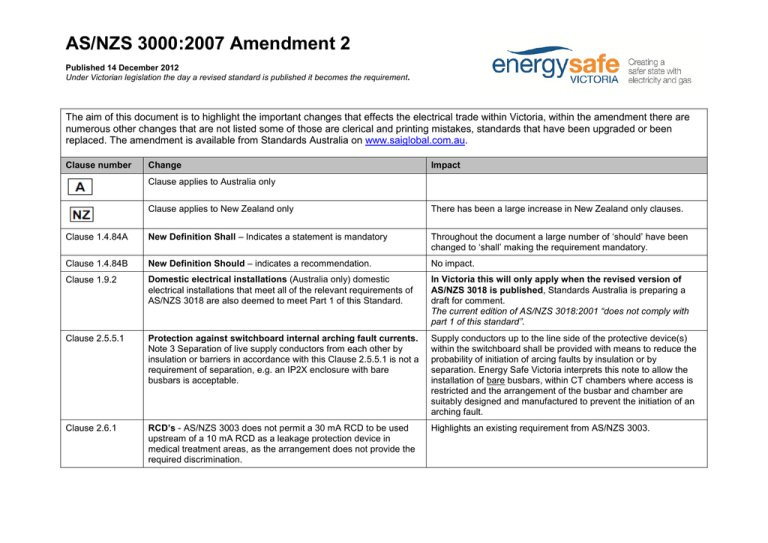

It applies to all workplaces where a person conducting This Code provides practical guidance for persons conducting a business or undertaking on managing electrical risks in the workplace. This Code of Practice has been developed by Safe Work Australia as a model code of practice under the Council of Australian Governments’ Inter-Governmental Agreement for RegulatoryĪnd Operational Reform in Occupational Health and Safety for adoption by the Commonwealth, state and territory governments. The health and safety duties require duty holders to consider all risks associated with work, not only those for which regulations and codes of practice exist.Ĭodes of practice are admissible in court proceedings under the WHS Act and Regulations.Ĭourts may regard a code of practice as evidence of what is known about a hazard, risk orĬontrol and may rely on the code in determining what is r e asonably practicable in the circumstances to which the code relates.Ĭompliance with the WHS Act and Regulations may be achieved by following another method, such as a technical or an industry standard, if it provides an equivalent or higher standard ofĪn inspector may refer to an approved code of practice when issuing an improvement or prohibition notice. Like regulations, codes of practice deal with particular issues and do not cover all hazards or risks that may arise. With the health and safety duties in the WHS Act, in relation to the subject matter of the code. In most cases, following an approved code of practice would achieve compliance Of practice under section 274 of the Work Health and Safety Act (the WHS Act).Īn approved code of practice is a practical guide to achieving the standards of health, safetyĪnd welfare required under the WHS Act and the Work Health and Safety Regulations (theĪ code of practice applies to anyone who has a duty of care in the circumstances described
#As nzs 3000 2007 how to#
This Code of Practice on how to manage electrical risks in workplaces is an approved code 55ĪPPENDIX D – PREVENTATIVE ACTIONS CHECKLIST. 52ĪPPENDIX C – RISKS ASSOCIATED WITH ELECTRICAL WORK.

#As nzs 3000 2007 portable#
51ĪPPENDIX B – ADVANTAGES AND DISADVANTAGES OF NON-PORTABLE AND PORTABLE RCDS. 47ĩ.5 Personal protective equipment (PPE).

46ĩ.3 Insulating barriers and insulating mats. 46ĩ.2 Ladders, scaffolds and similar equipment. 44Ĩ.3 Implementing risk control measures. 44Ĩ.2 Working near energised electrical parts. RISK CONTROLS – WORKING NEAR ENERGISED ELECTRICAL PARTS. 43ħ.5 Particular energised electrical work-testing and fault finding. 37ħ.3 Carrying out energised electrical work. 37ħ.1 Prohibition on energised electrical work. RISK CONTROLS – ENERGISED ELECTRICAL WORK. 31Ħ.2 Altering isolation for testing, fault finding and re-energising. 29ĥ.3 Work on cables (including cutting cables).
#As nzs 3000 2007 verification#
28ĥ.1 General principles – verification of de-energised electrical equipment. 16ģ.3 Inspecting and testing equipment – construction and demolition sites. 15ģ.2 Inspecting and testing electrical equipment. 15ģ.1 Unsafe electrical equipment and electrical installations at the workplace. GENERAL ELECTRICAL SAFETY AT THE WORKPLACE. 7ġ.3 What is required to manage electrical risks?.


 0 kommentar(er)
0 kommentar(er)
